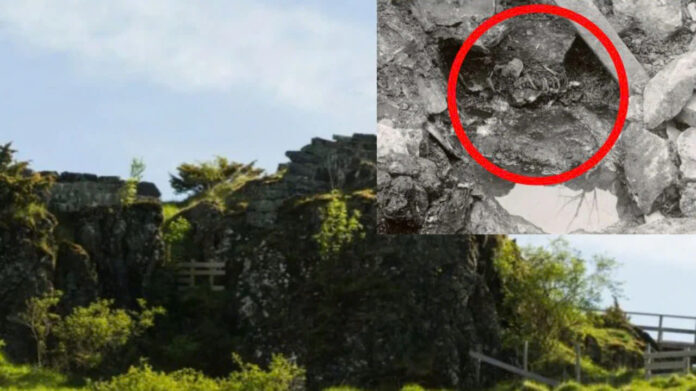A Glimpse into Norway’s Turbulent Past
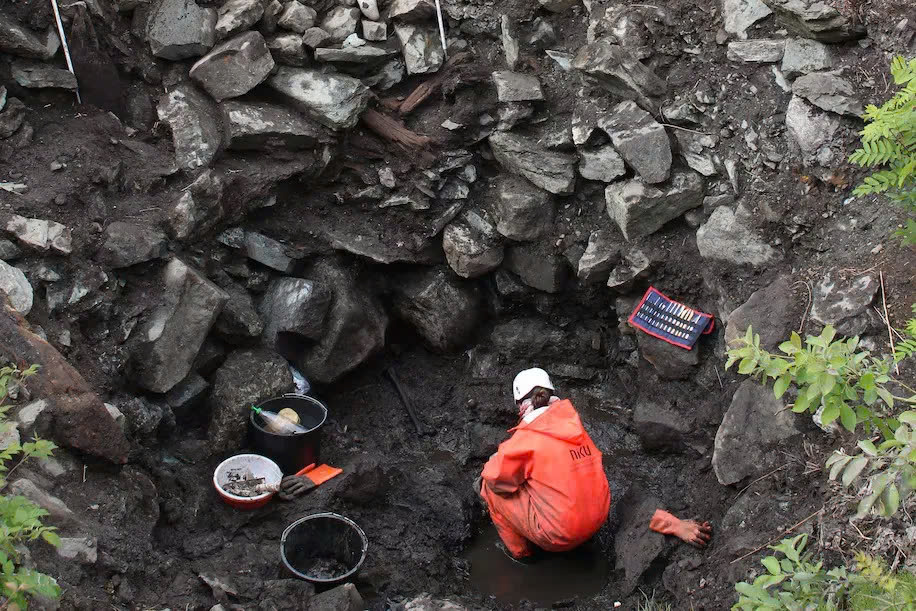
In the heart of central Norway, near modern-day Trondheim, archaeologists have uncovered a haunting piece of history that bridges the gap between medieval saga and scientific investigation. The story begins in 1197, during a brutal conflict at Sverresborg Castle that would echo through centuries of Norwegian history.
The Historical Context
The castle was caught in the crossfire of Norway’s civil war, a period marked by fierce power struggles between rival factions. The Baglers, loyal followers of the archbishop, launched a surprise attack while King Sverre Sigurdsson was away, employing tactics that would shock even the most hardened medieval warriors.
A Gruesome Discovery
The most chilling aspect of the attack was the attackers’ psychological warfare. Not content with pillaging and burning the castle, they committed a particularly macabre act: throwing a corpse into the castle’s well to contaminate the water supply. This strategic move was designed to demoralize the defenders, a testament to the brutal nature of medieval conflict.
Scientific Breakthrough: Connecting History and Archaeology
Unearthing the Evidence
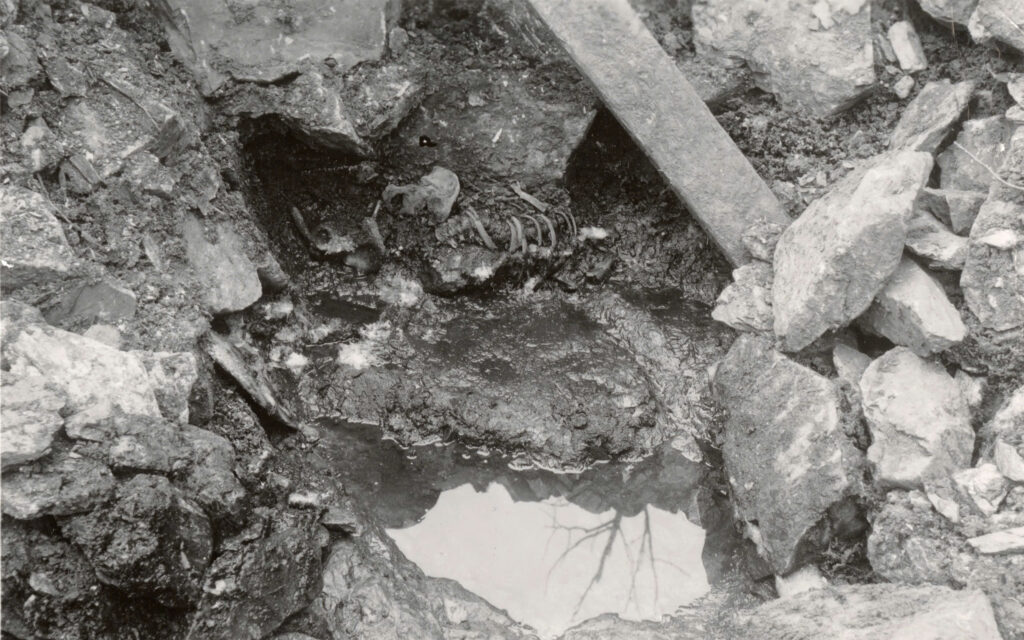
In a remarkable turn of events, archaeologists have potentially identified the victim described in the Sverris Saga. The initial discovery came in 1939 when a partial excavation revealed a human skeleton deep within the well shaft. However, it wasn’t until archaeologist Anna Petersén’s work in 2014 and 2016 that the true significance of this find came to light.
Forensic Insights
The archaeological team made extraordinary discoveries:
- They retrieved the left hand, skull, and other bones of a skeleton
- The remains belonged to a man approximately 30-40 years old, standing about 1.75 meters tall
- Genetic analysis revealed fascinating details about his appearance: medium skin tone, blue eyes, and light hair
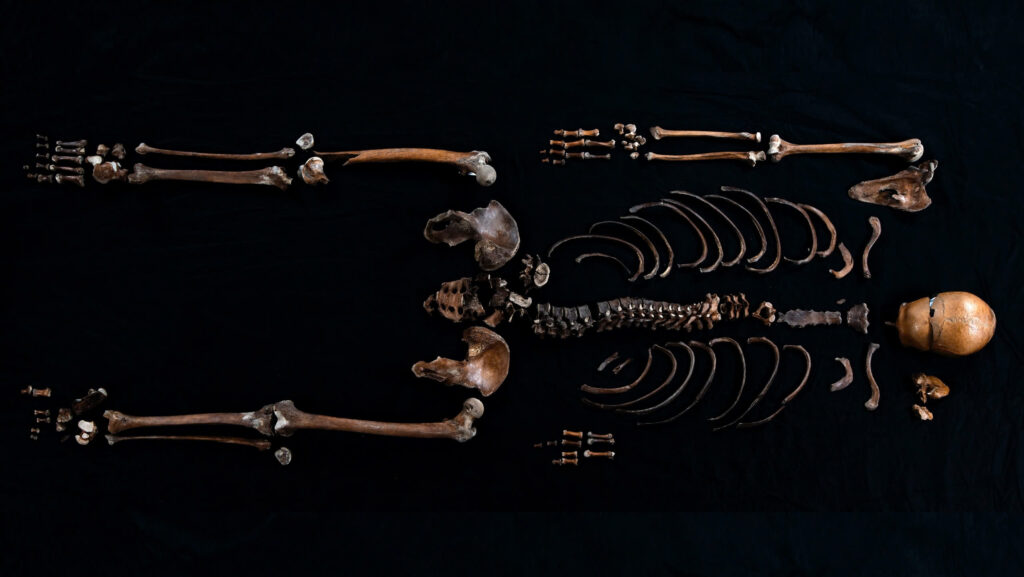
Professor Michael D. Martin from the Norwegian University of Science and Technology’s University Museum noted the significance of this discovery, stating, “This is the first time that a person described in these historical texts has actually been found.”
Beyond the Archaeological Find
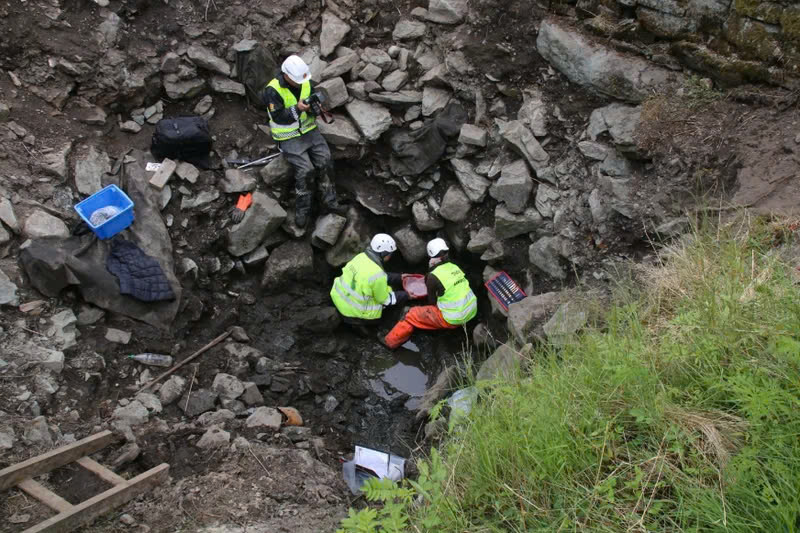
The discovery does more than just confirm a historical account. It provides a window into the complex socio-political landscape of medieval Norway. The brutal tactics employed by the Bagler faction reveal the high stakes of political power during this tumultuous period.
A Reminder of Human Stories
This archaeological investigation serves as a poignant reminder of the individual lives caught in the sweep of historical events. By combining genetics, history, and archaeological research, scientists have brought to life a story that had been silent for over 800 years.
Conclusion
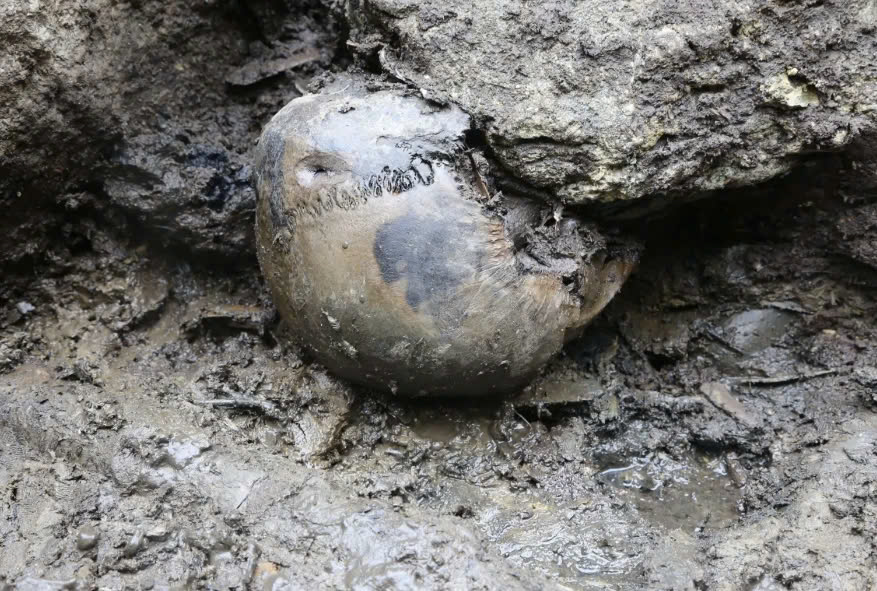
The “well man” of Sverresborg Castle is more than just a skeletal remain. He is a bridge between past and present, a tangible connection to a turbulent moment in Norwegian history. As researchers continue to unravel the mysteries surrounding this discovery, we are reminded of the complex human stories that lie beneath grand historical narratives.
